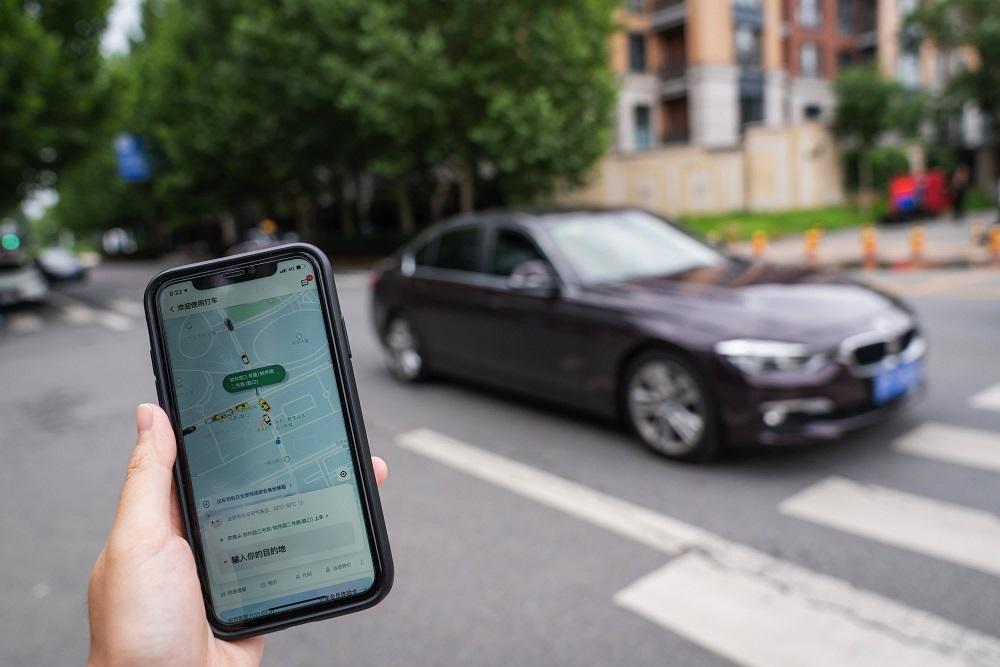Navigating the Evolution of Ride-Hailing and the Challenges Ahead

The transportation landscape has undergone a radical shift in recent years with the emergence of ride-hailing services like Uber and Lyft. These on-demand transportation platforms have quickly become mainstream alternatives to traditional taxi services and private vehicle ownership in many cities around the world. Let's take a closer look at how ride-hailing has risen to prominence and some of the key trends shaping this new mobility industry.
The Early Days of Ride-Hailing
When Uber first launched in 2009, it sought to address some of the pain points consumers experienced with traditional taxis - notably the difficulty in hailing a cab and the lack of transparency around fares and payment. The company's novel approach of using a smartphone app to request rides from nearby drivers was an instant hit with riders looking for a more convenient option. Within a few years, Uber had expanded to dozens of cities globally and was valued at over $50 billion.
Seeing Uber's success, other startups entered the space with their own takes on the ride-hailing model. Lyft launched in 2012 with a similar app-based model but focused more on alternatives to car ownership through shared rides. Services like Ola and Didi Chuxing also gained traction internationally in countries like India and China. By 2015, ride-hailing had established itself as a viable new mode of transportation preferred by many over traditional taxis.
The Mainstreaming of Ride-Hailing
In the years since, ride-hailing has firmly cemented its place in urban mobility ecosystems around the world. According to some estimates, over 10% of the U.S. population uses services like Uber and Lyft on a weekly basis. The companies have honed their operations and scaled up to serve major cities globally with millions of drivers on their platforms.
A key factor driving mainstream adoption has been the emphasis on user convenience. Features like upfront pricing, cashless payment, real-time ETAs and driver tracking have made ride-hailing a seamless experience for most users. Additionally, a proliferation of shared ride options with lower per person costs have increased accessibility. This has attracted many choice riders while also reducing individual car ownership in dense urban areas.
Investments & New Business Models
Backed by over $25 billion in VC funding, Ride-Hailing giants have heavily invested in growth. This includes global expansion, specialized services and experiments with new mobility business models. For instance, both Uber and Lyft have implemented electric bike and scooter rentals in select markets attempting to capture first and last mile trips.
On the partnerships front, various deals with public transit agencies aim to complement rather than compete with existing systems. Some cities have also permitted the use of empty ride-hail vehicle capacity for goods delivery, generating additional revenue streams. All these developments point to ride-hailing maturing into comprehensive mobility platforms versus just peer-to-peer ride services.
Challenges on the Road Ahead
While ride-hailing has fueled urban mobility and proven highly scalable, challenges currently loom on the horizon:
- Profitability issues: After over a decade of rapid growth, both Uber and Lyft are still unprofitable with no clear path to achieving profitability in the near future. Sustaining expensive driver incentives and rising operational costs remain major hurdles.
- Driver treatment: Classifying drivers as independent contractors versus employees has faced legal challenges over denying benefits. Ensuring fair wages and a stable livelihood for drivers is crucial for long term viability.
- Congestion and air quality impacts: Increasing vehicle miles from near-empty rides add to traffic in busy areas. With ride-hail fleets growing faster than any transit system, managing congestion impacts will require coordinated policy efforts.
- Regulatory uncertainties: Rules governing ride-hailing vary significantly in different jurisdictions leading to compliance issues and legal battles. Developing a consensus globally on regulating this new industry remains an ongoing challenge.
- Competition from automated driving: Mass adoption of self-driving vehicles could significantly disrupt traditional ride-hailing economics by eliminating human driver costs altogether. Both incumbents and automakers are accelerating AV development programs.
ride-hailing services have revolutionized urban transportation in a short span and shown incredible promise to move people in a more sustainable, shared and affordable way. However, greater maturity and a long term outlook balancing the interests of all stakeholders will be key to further growth. Addressing issues around profitability, labor treatment, congestion impacts and collaborating proactively with regulators and cities will determine how this transformative industry evolves in the decades to come.
For more Insights, Read –
https://www.insightprobing.com/ride-hailing-size-and-share-analysis/
- Art
- Causes
- Crafts
- Dance
- Drinks
- Film
- Fitness
- Food
- Games
- Gardening
- Health
- Home
- Literature
- Music
- Networking
- Other
- Party
- Religion
- Shopping
- Sports
- Theater
- Wellness
- IT, Cloud, Software and Technology


